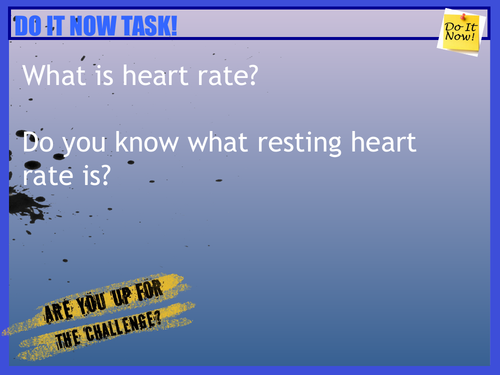Physical Education Resources
This shop includes resources to support the teaching of GCSE Physical Education. The author is a teacher and uses all of them regularly within lessons. One of the main resources being sold are entire units of planning. These resources provide teachers with a PowerPoint and corresponding learning booklet, which allows pupils to follow through the lesson step by step with ease. There is also a homework booklet containing over 40 differentiated homework tasks and a revision guide.

























